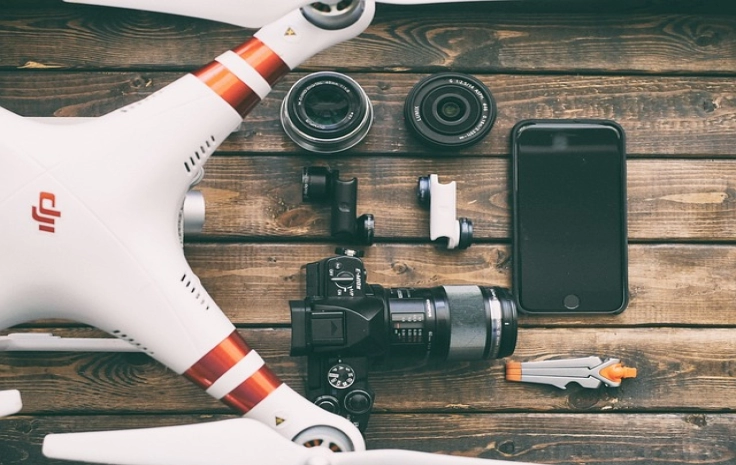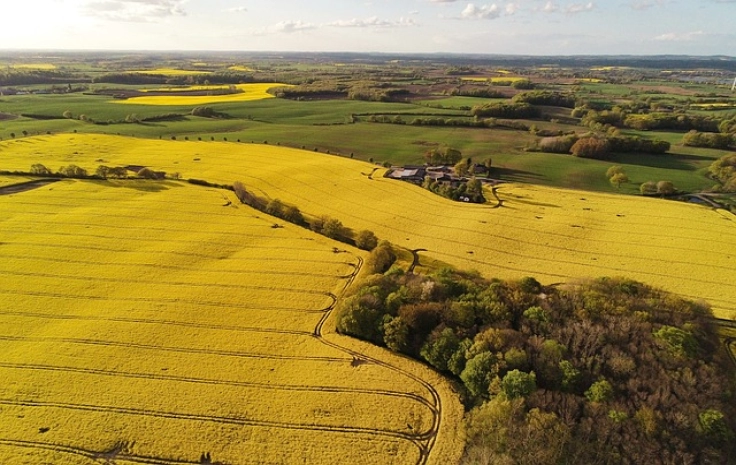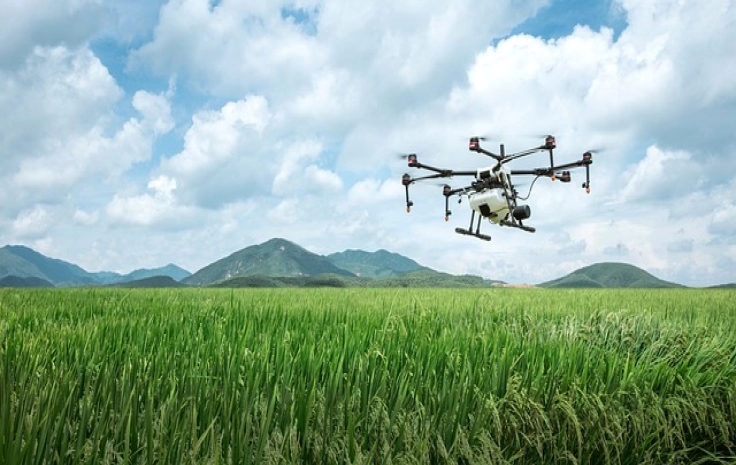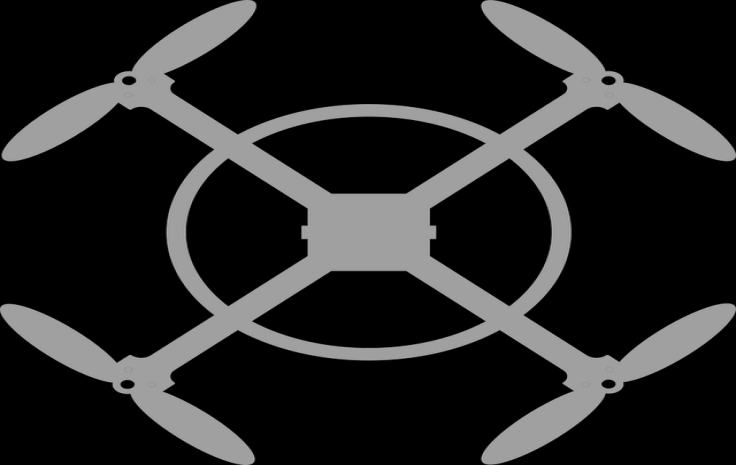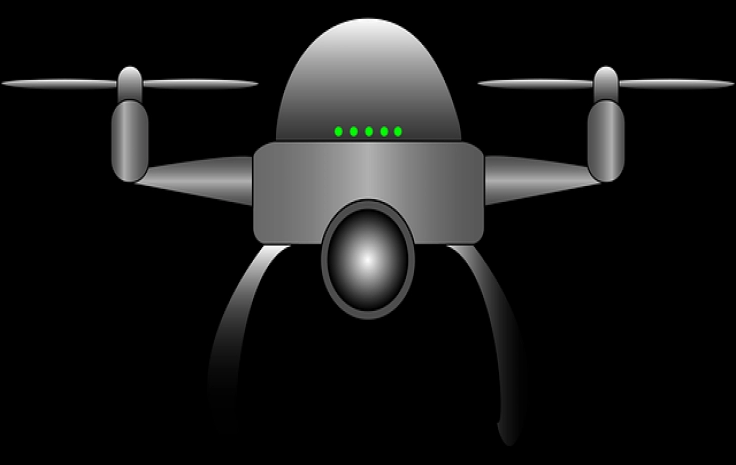dod long range uav
Visit dod long range uav's Site
What is dod long range uav?
dod long range uav possible use cases:
Title: DoD Long Range UAV: Revolutionizing Airborne SurveillanceIntroduction:
In recent years, unmanned aerial vehicles (UAVs) have gained significant attention for their diverse applications in fields such as photography, agriculture, and even warfare. The Department of Defense (DoD) has embraced this technology and has been investing heavily in the development of long-range UAVs. This article will delve into the specifics of the DoD long-range UAV program and its potential impact on airborne surveillance capabilities.
I. Understanding the DoD Long Range UAV Program
A. Definition and Purpose:
1. Long-range UAV: A remotely piloted aircraft capable of extended flight times and covering vast distances.
2. Purpose: To enhance the DoD’s surveillance capabilities by providing an extended range, flexibility, and enhanced situational awareness.
B. Development Efforts:
1. Collaboration: The DoD has closely collaborated with leading aerospace companies and research institutions in the development of long-range UAVs.
2. Investment: Significant financial resources have been allocated to research and development to ensure cutting-edge technology and performance.
II. Key Features and Technological Advancements
A. Enhanced Flight Range:
1. Extended Endurance: Long-range UAVs can fly for extended periods, enabling prolonged surveillance missions without the need for refueling.
2. Increased Coverage: The ability to cover vast distances improves the effectiveness of intelligence gathering and surveillance operations.
B. Superior Payload Capacity:
1. Advanced Sensor Systems: Long-range UAVs are equipped with cutting-edge sensor technologies such as high-resolution cameras, thermal imaging, and radar systems.
2. Multi-Mission Capable: Increased payload capacity allows for the integration of various surveillance and reconnaissance instruments, enabling the UAV to perform multiple missions simultaneously.
III. Applications in Airborne Surveillance
A. Border Security:
1. Wide Area Coverage: Long-range UAVs can monitor larger border areas, reducing the need for ground-based patrols and minimizing manpower requirements.
2. Real-time Monitoring: Continuous surveillance capabilities provide instant data on irregular activities, enabling quick response and border protection.
B. Maritime Surveillance:
1. Extended Range: Long-range UAVs can cover vast expanses of ocean, enabling efficient surveillance of maritime borders and shipping lanes.
2. Anti-Piracy Operations: The ability to monitor remote regions helps combat piracy threats by providing real-time information on suspicious activities.
C. Counterterrorism Operations:
1. Intelligence Gathering: Long-range UAVs play a crucial role in collecting actionable intelligence on potential terrorist threats in remote and hostile areas.
2. Covert Operations: These UAVs can operate discreetly, ensuring minimal risk to human lives during high-risk missions.
Conclusion:
The DoD’s long-range UAV program represents a significant advancement in airborne surveillance capabilities. By combining extended flight range, superior payload capacity, and advanced sensor systems, these UAVs have the potential to revolutionize the way the DoD conducts surveillance operations. As technology continues to evolve, we can expect further enhancements to long-range UAVs, leading to even greater effectiveness and efficiency in maintaining national security and safeguarding global interests.

